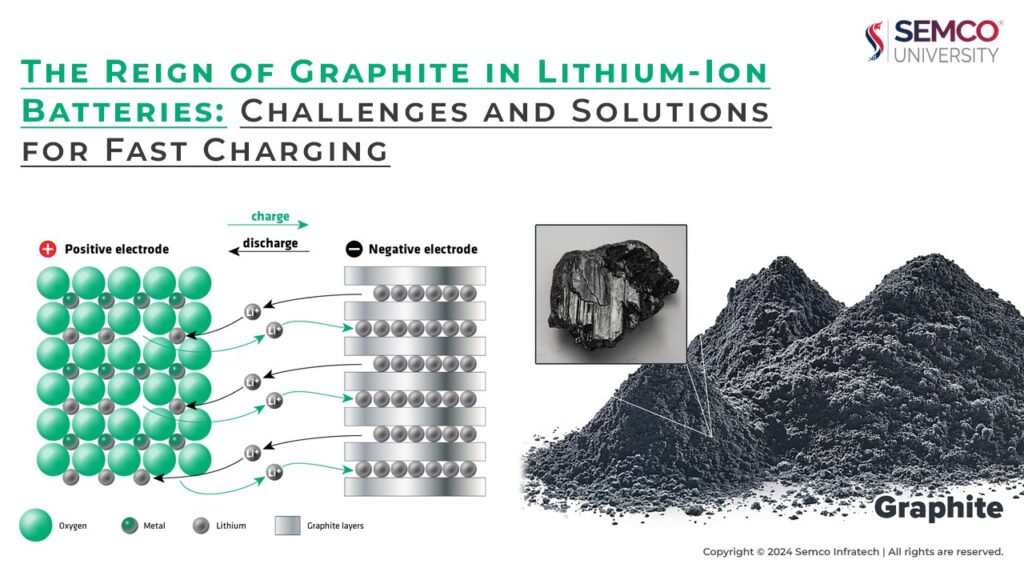Graphite’s Enduring Dominance:
Graphite remains the king of anode materials in lithium-ion batteries, boasting high energy density, low voltage, excellent conductivity, abundant resources, and affordability. This dominance is likely to continue for some time. However, conventional graphite struggles with slow lithium uptake and a low operating potential. Furthermore, its capacity, stability, and safety fall short under high-rate charging and discharging, a key requirement for fast-charging batteries.
Understanding Fast Charging:
To address the challenge of fast charging, we need to delve into the journey of lithium ions during charging:
- Escape from the positive electrode.
- Passage through the electrolyte.
- Crossing the separator to reach the negative electrode surface.
- Penetration of the SEI film.
- Diffusion within the negative electrode.
The consensus is that ion transport and charge transfer are the primary bottlenecks for fast charging. During high-power charging/discharging of graphite anodes, lithium diffusion within the particles lags behind the rate of lithium removal from the surface. This mismatch inevitably leads to various polarizations, including ohmic, concentration, and charge transfer.
Current efforts focus on optimizing single-phase diffusion and interfacial dynamics. Single-phase diffusion aims to enhance lithium diffusion within graphite and the electrolyte, while improved interfacial dynamics aim to facilitate desolvation and migration of lithium ions through the SEI film.
Strategies for Enhanced Graphite Performance:
Three main approaches are used to modify graphite: structural design, chemical modification, and surface coating.
- Structural Design:
- Chemical Modification:
- Surface Coating:
In conclusion, while graphite reigns supreme as the anode material for lithium-ion batteries, its limitations for fast charging necessitate ongoing research. By employing structural design, chemical modification, and surface coating strategies, scientists are continuously improving graphite’s performance to meet the demands of next-generation fast-charging batteries.

